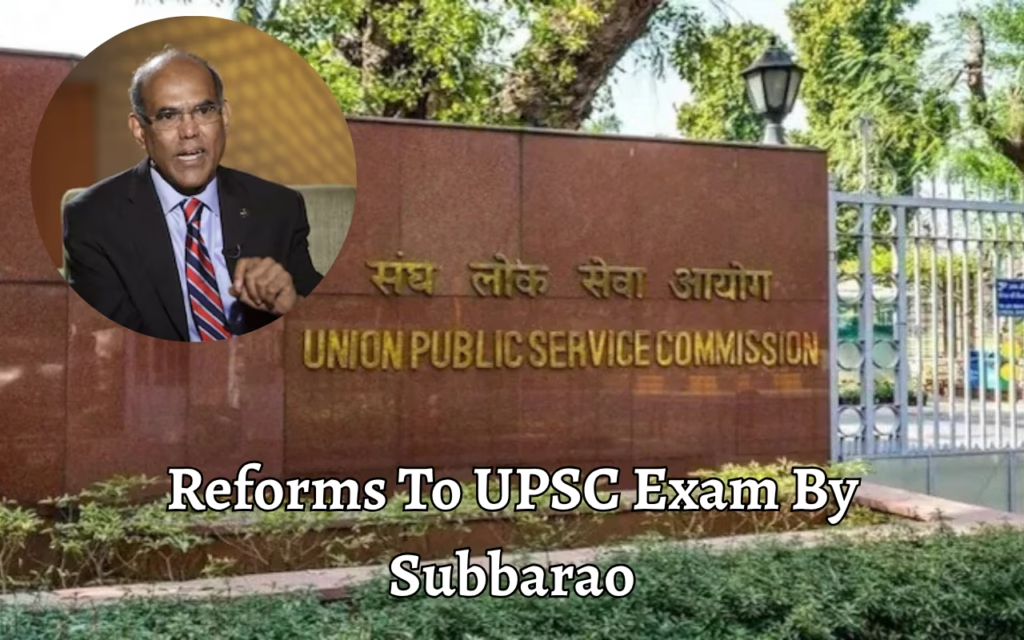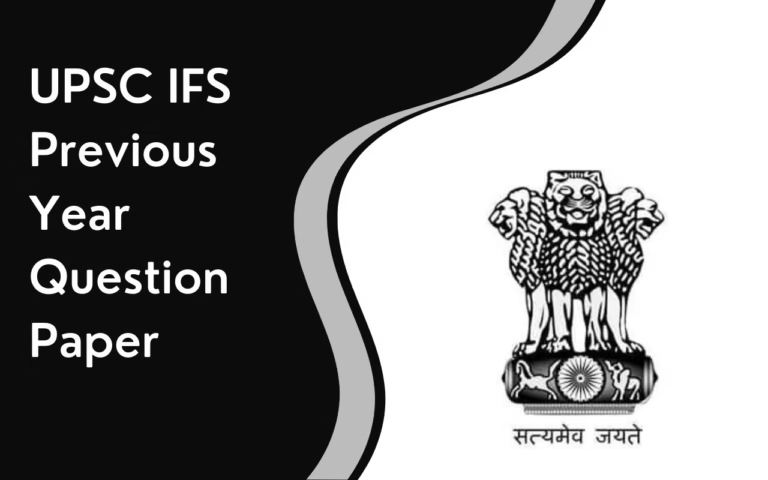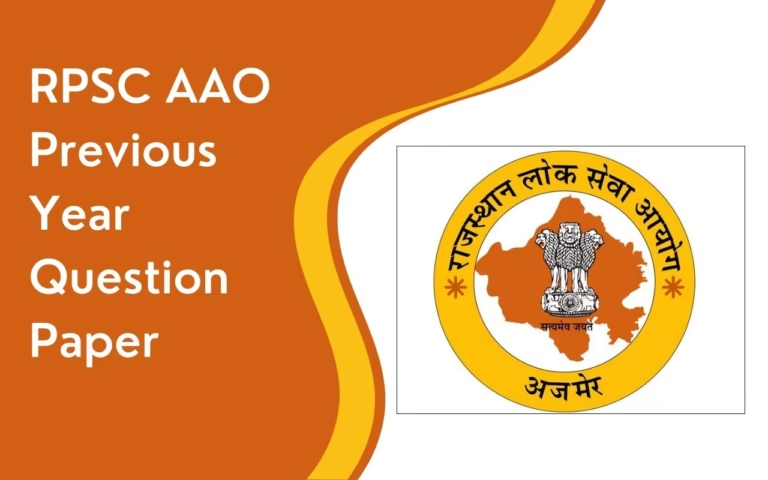Every year, lakhs of young Indians dream of donning the hat of a civil servant, only to find themselves locked in an exhausting cycle of attempts, uncertainty, and emotional upheaval. Recently, a powerful voice joined the chorus demanding change: Duvvuri Subbarao, the former Reserve Bank of India Governor, who brought a fresh and pragmatic perspective to the debate. In his widely discussed opinion piece published in the Times of India, Subbarao made a bold case for “Reforms To UPSC Exam By Subbarao” that could alter the very landscape of civil services preparation in India.
His suggestions, reducing the maximum age limit, limiting number of attempts, and opening the IAS to experienced professionals in their 40s, have sparked intense conversations. But more importantly, they’ve echoed a silent cry many aspirants never voice: that this journey, though noble, is often brutally unforgiving. If you’ve ever felt like the UPSC grind is more about endurance than merit, then this article is for you.
Let’s break down the “Reforms To UPSC Exam By Subbarao” in a way that makes sense for you, the dreamer, the struggler, the future nation-builder.
What Are the Proposed Reforms To UPSC Exam By Subbarao?
In his article titled “India Needs UPSC 2.0,” Subbarao puts forth a series of transformative suggestions. The crux of the “Reforms To UPSC Exam By Subbarao” lies in three core changes:
Reducing the Number of Attempts
He suggests limiting the number of attempts to three, as opposed to the current six. His argument is simple yet powerful — fewer attempts will push candidates to be more focused and better prepared from the outset. Moreover, too many chances often reward exam-cracking strategies over true merit.
Lowering the Maximum Age Limit
Today, candidates can appear for the exam until the age of 32. Subbarao recommends lowering this to 27, citing the psychological burden and the sense of “no turning back” that haunts repeat aspirants.
Annual Recruitment for Professionals in Their 40s
In a bold move, Subbarao proposes introducing annual lateral entry for professionals aged 40–42. His logic? Real-world experience often outweighs youthful idealism. Imagine IAS officers who’ve spent years in law, medicine, or management, they bring not just knowledge but maturity to governance.
Why Are These Reforms To UPSC Exam By Subbarao So Controversial Yet Necessary?
If you’re deep into your UPSC prep, reading about these reforms might sting. After all, each year and each attempt feels like a life milestone. So why cut them short?
The Sunk Cost Trap
Subbarao speaks about the “sunk cost fallacy,” the emotional trap where aspirants feel they’ve already invested too much to quit. It’s not just about time and money. It’s about identity, social pressure, and hope. But this cycle, he argues, causes mental distress and wastes productive years.
Age and Attempts: A Double-Edged Sword
More attempts and a higher age limit may seem like kindness, but they often end up prolonging pain. Many aspirants spend their entire 20s trying again and again, only to emerge into their 30s with lost opportunities and no fallback.
By implementing the “Reforms To UPSC Exam By Subbarao”, we may finally acknowledge this hard truth and give future aspirants the gift of clarity, either you crack it early, or you move forward with life confidently.
How Can Reforms To UPSC Exam By Subbarao Help Future Aspirants?
We’re not just talking about restrictions. These reforms could actually liberate students.
More Focused Preparation
With just three attempts and a lower age bar, students will treat every attempt like gold. Coaching centers will have to evolve. Quality will replace quantity in preparation. It’ll be about learning smart, not just studying hard.
Better Mental Health
Knowing there’s a timeline brings peace. Imagine not having to justify your “n-th attempt” to family or society. Imagine preparing once, with everything you’ve got, and then either making it or confidently walking away.
Opening Doors for Professionals
The idea of opening up the civil services to professionals in their 40s is revolutionary. These are people with life experience, technical skills, and the ability to make calm, practical decisions. The mix of youthful officers and seasoned professionals could be the dream team India never had.
The “Reforms To UPSC Exam By Subbarao” may be a reset button, not a rejection of dreams, but a healthier, more inclusive way to pursue them.
Challenges of Reforms To UPSC Exam By Subbarao Face
No reform is ever simple, especially one that touches millions of lives.
Political Pushback
Reducing attempts and age limits may not sit well with vote banks. After all, UPSC aspirants are a significant demographic, and their voices matter.
Social and Economic Barriers
Many students from rural areas, backward communities, or economically weaker backgrounds start their preparation late. For them, cutting down age and attempts may feel like an unfair blow. To make the “Reforms To UPSC Exam By Subbarao” equitable, support systems like free training, early mentorship, and financial aid must also be introduced.
Implementation & Fairness
There will be concerns about fairness: What happens to current aspirants? Will changes be phased in? What about different categories — SC/ST/OBC? These are real, valid questions.
Reforms To UPSC Exam By Subbarao FAQs
Q1. What are the main Reforms To UPSC Exam By Subbarao?
A: Subbarao proposes reducing age limit to 27, limiting attempts to three, and introducing IAS lateral entry for professionals aged 40–42.
Q2. Why does Subbarao want to limit UPSC attempts?
A: He believes too many attempts lead to mental stress and encourage exam techniques over real merit.
Q3. What is the age limit suggested in the Reforms To UPSC Exam By Subbarao?
A: Subbarao recommends bringing down the upper age limit to 27 years from the current 32.
Q4. How will the reforms benefit aspirants?
A: They can reduce emotional burnout, increase focus, and allow timely career decisions.
Q5. Will the reforms affect students from rural or poor backgrounds?
A: Possibly yes, unless supported by better early coaching and financial aid systems.




